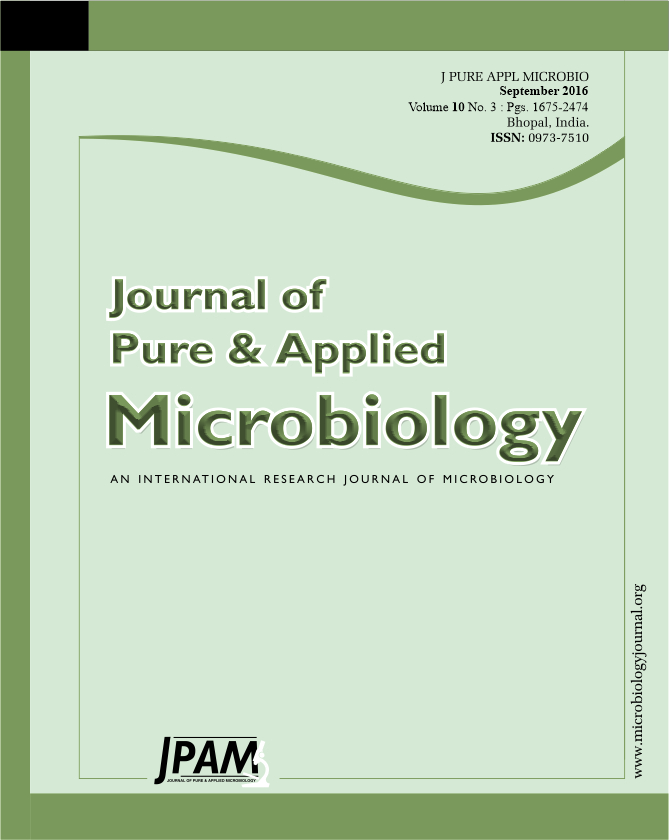Biocontrol agents belonging to the genus Trichoderma prove to be potent agents against soil borne pathogens. Trichoderma species not only prevents the soil borne pathogens to cause diseases but also play an important role in increasing root growth and development, crop productivity, resistance to abiotic stress and uptake and use of nutrients. During mycoparasitic action CWDEs enzyme plays a crucial role, they hydrolyze the cell wall of pathogen and ultimately released the contents of the organism. The antifungal action of Trichoderma includes a great variety of lytic enzymes such as chitinase, proteases, xylanase and glucanase, which play a key role in bicontrol activity of Trichoderma. Different carbon sources were tested for the induction of CWDEs, Out of the different carbon sources tested Birch Wood induces maximum xylanase production; CMC induces glucanase enzyme production, Twwen-80 for lipase, commercial chitin for chitinase and corn cob for cellulose induction. For xylanase and glucanase enzyme the molecular weight of these enzymes were also determined (47 & 55 Kda).
Biochemical, Trichoderma, Cell wall degrading enzymes, Carbon sources.
© The Author(s) 2016. Open Access. This article is distributed under the terms of the Creative Commons Attribution 4.0 International License which permits unrestricted use, sharing, distribution, and reproduction in any medium, provided you give appropriate credit to the original author(s) and the source, provide a link to the Creative Commons license, and indicate if changes were made.


